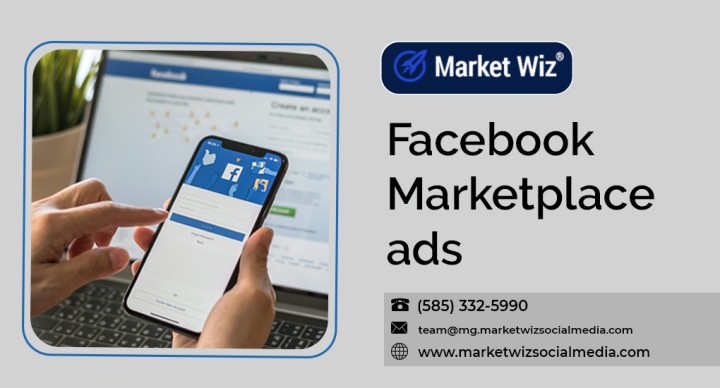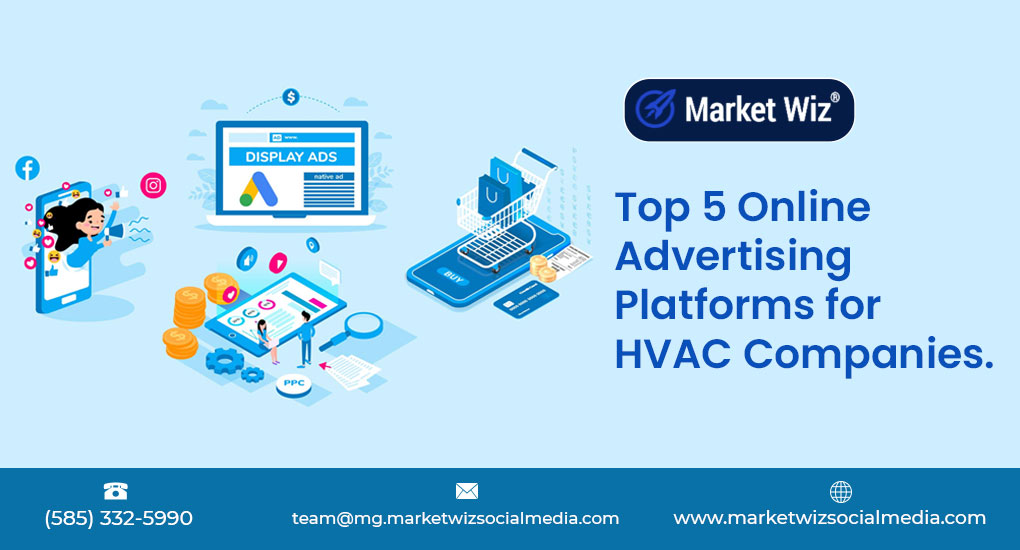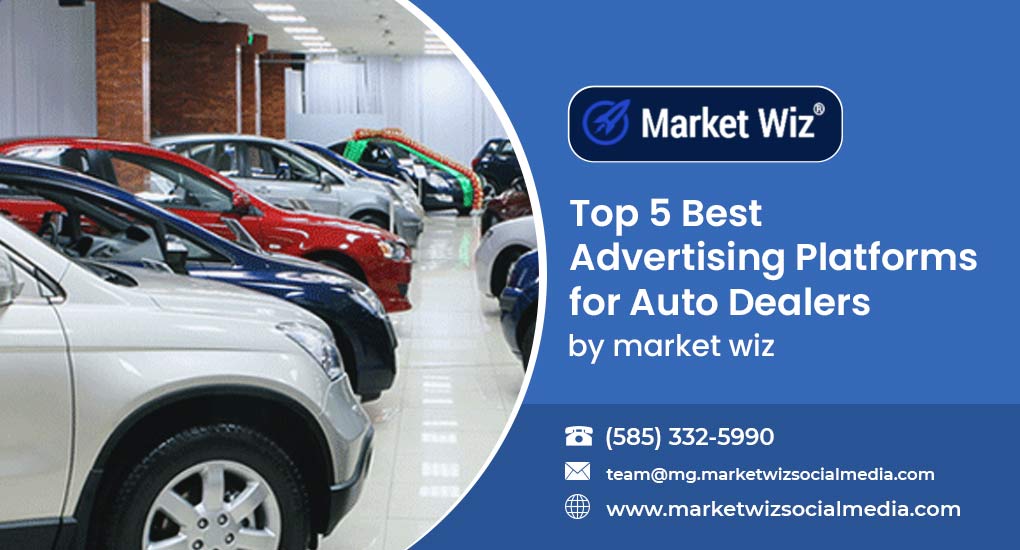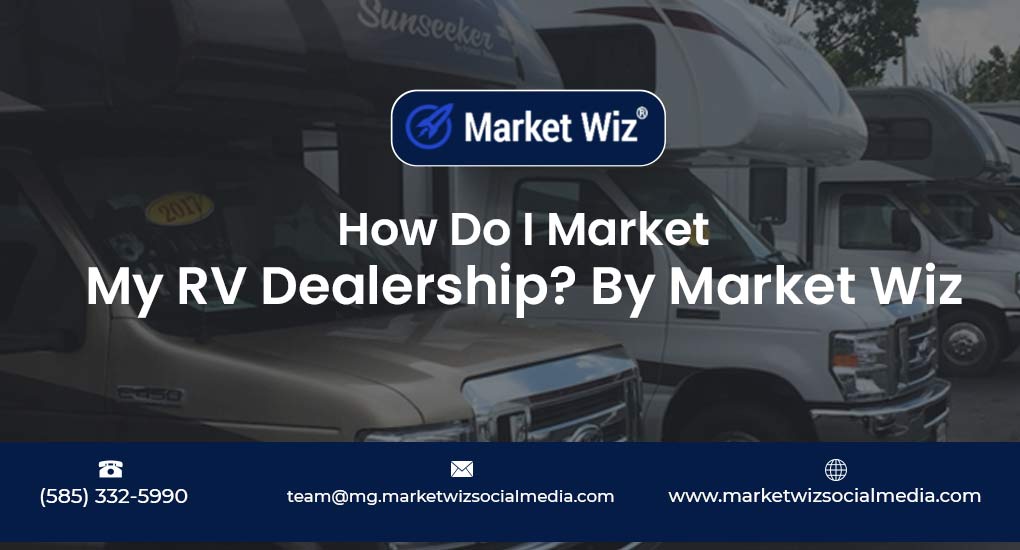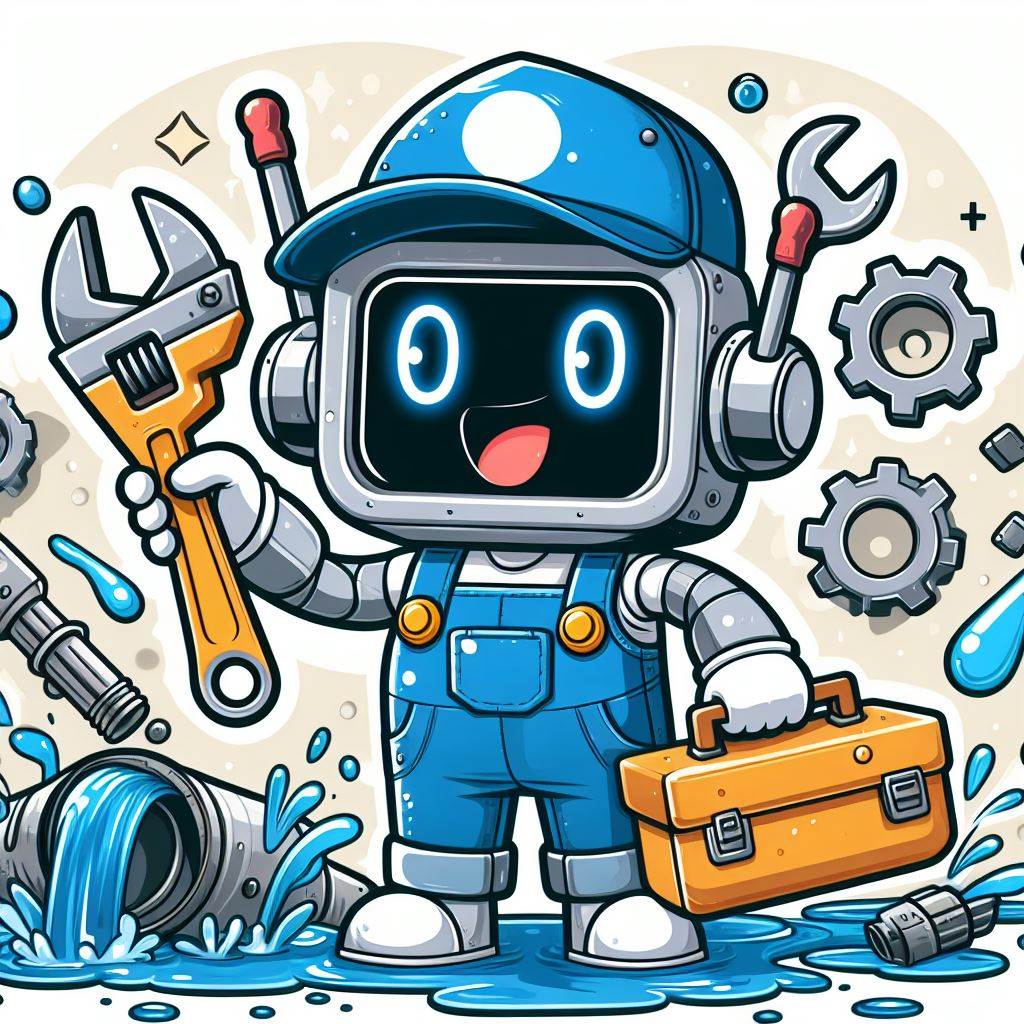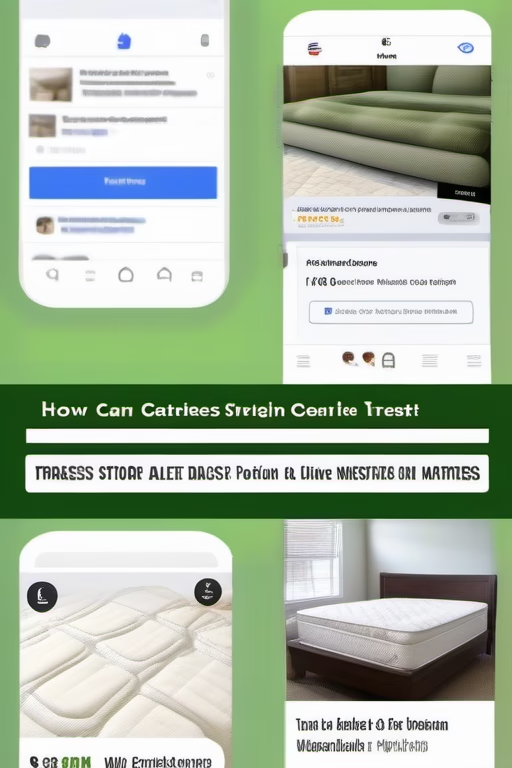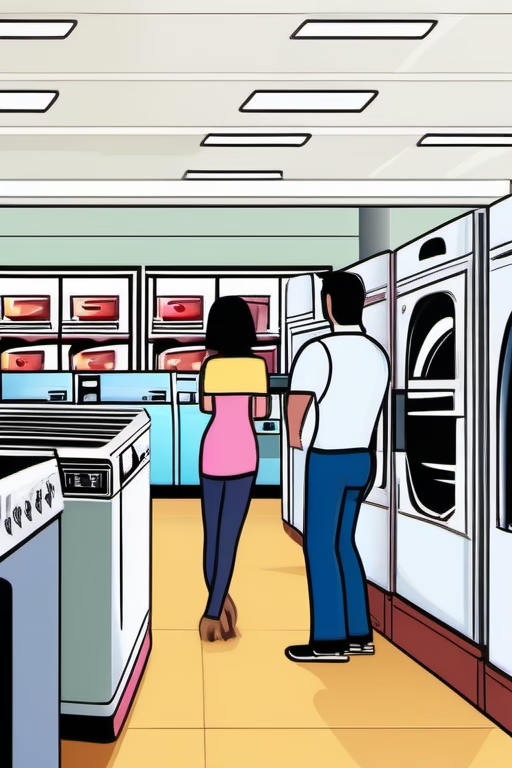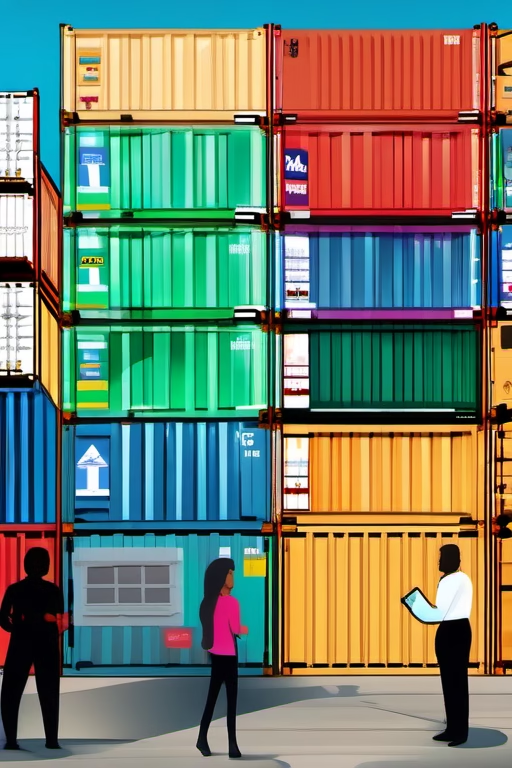How to Sell More Classic Cars: Finding Collectors & Enthusiasts
Your Definitive Guide by Market Wiz
How to Sell More Classic Cars depends on connecting with passionate collectors and enthusiasts through provenance, restoration quality, targeted outreach, and immersive events that showcase the vehicle’s history and allure.
Table of Contents
- Introduction
- Classic Car Market Overview
- Defining Collector & Enthusiast Personas
- Provenance & Certification
- Restoration & Condition Showcase
- Targeted Digital Marketing
- Events, Auctions & Clubs
- Partnerships with Museums & Clubs
- Pricing & Valuation Strategies
- Sales Process & Negotiation
- Shipping & Logistics
- Financing & Incentive Programs
- Legal & Title Paperwork
- Case Studies & Success Stories
- Measuring Performance & ROI
- Overcoming Buyer Objections
- Future Trends in Classic Sales
- Conclusion & Next Steps
- Frequently Asked Questions
- Additional Keywords for SEO
- Extended Content Overview
Introduction
The classic car market thrives on nostalgia, craftsmanship, and community. Yet selling vintage vehicles requires more than listing them online. It demands telling their story, proving authenticity, and tapping into channels where true enthusiasts converge.
Classic Car Market Overview
From post‑war roadsters to muscle cars of the 1960s, the classic segment commands billions annually. Auctions like Barrett‑Jackson and events like Pebble Beach set benchmark prices, while specialty classifieds (e.g., Hemmings) connect buyers globally.
Defining Collector & Enthusiast Personas
Identify your target buyers:
- Restoration Purists: Seek unrestored gems with original patina.
- Usage Enthusiasts: Prioritize driveability and usable classics.
- Investment Collectors: Focus on models with strong appreciation potential.
- Club & Show Participants: Value rarity, attention to detail, and show‑winning pedigree.
Provenance & Certification
Document chassis numbers, factory options, and ownership history. Provide factory build sheets, period manuals, and certified third‑party appraisals to substantiate authenticity and justify premium pricing.
Restoration & Condition Showcase
Invest in professional photography and 360° video tours of interior, engine bay, and undercarriage. Highlight restoration receipts, before‑and‑after photos, and expert testimonials to reinforce value.
Targeted Digital Marketing
Use niche platforms and forums—ClassicCars.com, Bring a Trailer—alongside Facebook and Instagram ads targeted by interests like “vintage auto restoration” and “muscle car clubs.” Leverage SEO for “1967 Camaro for sale” and “classic Porsche listings.”
Events, Auctions & Clubs
Exhibit at concours d’elegance, regional car shows, and local cruise‑ins to engage enthusiasts directly. Partner with auction houses for consignment or timed online auctions to maximize exposure and competitive bidding.
Partnerships with Museums & Clubs
Collaborate with automotive museums for featured exhibits. Offer club members exclusive early access, VIP drives, and co‑branded events to tap into established collector networks.
Pricing & Valuation Strategies
Price based on recent auction comps, rarity multipliers, and condition grades. Offer tiered pricing for unrestored, driver‑quality, and concours‑ready examples to appeal across collector segments.
Sales Process & Negotiation
Provide transparent payment terms, escrow services, and inspection allowances. Train staff on collector lingo, build‑sheet interpretation, and negotiation tactics that respect the car’s unique value proposition.
Shipping & Logistics
Arrange enclosed transport, climate‑controlled storage, and white‑glove delivery options. Offer global shipping quotes upfront and partner with specialist carriers to streamline international sales.
Financing & Incentive Programs
Partner with specialty lenders offering vintage car loans and dynamic rates. Promote low‑down, long‑term financing, deferred payments, or consignment guarantees to ease the buyer’s investment.
Legal & Title Paperwork
Assist with vintage title searches, lien releases, and historical registrations. Offer DMV concierge services to handle classic‑car registrations, historic plates, and emissions exemptions.
Case Studies & Success Stories
Highlight deals such as a ‘32 Ford Tudor restored to concours standards or a 1970 Chevelle SS sold to a high‑net‑worth collector, illustrating strategies and outcomes to inspire confidence.
Measuring Performance & ROI
Track metrics: cost‑per‑lead on niche platforms, auction hammer ratios, average sale price vs. estimate, and time‑to‑sale to optimize channel spend and refine pricing strategies.
Overcoming Buyer Objections
- “Rust Concerns?” – Provide corrosion inspections and protective undercoating receipts.
- “Maintenance Difficulty?” – Offer parts sourcing services and certified mechanic referrals.
- “Storage Worries?” – Provide solutions for climate‑controlled storage partnerships.
Future Trends in Classic Sales
Expect growth in electrification conversions, AR/VR showrooms, blockchain provenance tracking, and online fractional ownership models to open the market to new collector demographics.
Conclusion & Next Steps
Selling more classic cars hinges on authenticity, storytelling, targeted outreach, and concierge‑level service. Implement these strategies, measure your results, and refine your approach to turn every vintage automobile into a trophy sale.
For deeper insights, visit our Blog, learn about Market Wiz on our About Us, or Contact Us.
Frequently Asked Questions
1. What types of classics sell best?
Icons like ’60s muscle cars, pre‑war roadsters, and limited‑production European models often command the strongest demand.
2. How important is provenance?
Essential—documented ownership, build sheets, and event history can add 10–30% to a vehicle’s value.
3. Should I restore to original specs?
It depends on buyer persona—purists pay premiums for numbers‑matching restorations, while drivers may favor restomods.
4. How do I find serious collectors?
Engage through clubs, concours events, specialty forums, and invitation‑only auctions.
5. Are online auctions effective?
Yes—platforms like Bring a Trailer attract competitive bidding and reach global audiences.
6. What marketing channel yields best ROI?
Targeted print in specialty magazines plus niche digital marketplaces deliver high‑quality leads.
7. How do I price rarities?
Use recent auction comps, adjust for condition and provenance, then apply a scarcity premium.
8. Should I offer test drives?
Limited, accompanied test drives build confidence but require liability waivers and expert supervision.
9. How to handle overseas buyers?
Provide full shipping quotes, export paperwork assistance, and escrow payment solutions.
10. What financing works for classics?
Specialty vintage‑car lenders offer tailored loans with extended terms and flexible approvals.
11. How can I use social media?
Show restoration progress, historical anecdotes, and owner testimonials on Instagram and YouTube.
12. What events should I attend?
Pebble Beach, Amelia Island, local shows, and marque‑specific meetups connect you with enthusiasts.
13. How important are warranties?
Extended warranty offerings or service contracts reduce buyer risk and can justify higher pricing.
14. How do I gather reviews?
Follow up with buyers for video testimonials and written feedback to display on your site.
15. Should I offer storage solutions?
Partner with climate‑controlled facilities and offer discounted rates to buyers for peace of mind.
16. What CRM features help?
Tag leads by make/model interest, automate follow‑up sequences, and track event attendance.
17. How do I handle price negotiations?
Leverage provenance and condition data to justify pricing, then offer value‑add rather than discounts.
18. Are fractional ownership models viable?
Emerging platforms allow group ownership, opening access to high‑value classics for new collectors.
19. How often should I update listings?
Immediately after inwarding, post professional imagery and descriptions to capture early interest.
20. What partnerships drive sales?
Museums, restoration shops, coachbuilders, and auction houses lend credibility and reach.
21. How do I measure success?
Monitor lead‑to‑sale conversion, days‑on‑market, average sale price vs. estimate, and ROI per channel.
22. Should I list on multiple sites?
Yes—combine specialty marketplaces, general classifieds, and your own website for maximum exposure.
23. How do I present unrestored cars?
Emphasize originality, patina value, and potential for collector investment in descriptions and visuals.
24. What content resonates?
Historical narratives, restoration journeys, and comparisons to mint‑condition examples engage enthusiasts.
25. What’s the first step?
Audit your current classic‑car inventory presentation—photos, provenance, and outreach channels—to identify immediate improvements.
Additional Keywords for SEO
- vintage muscle car sales
- classic car auction tips
- numbers matching restoration
- concours d’elegance marketing
- classic car appraisal services
- collectible car shipping
- auto museum partnerships
- classic car loan programs
- patina preservation techniques
- heritage model valuation
- restomod marketing strategies
- barn find restoration
- classic truck collector
- antique car classifieds
- collector car CRM
- blockchain provenance for cars
- 360 video classic cars
- virtual reality showrooms
- classic car subscription
- stable storage for classics
- historic license plates
- vintage auto insurance
- celebrity car consignment
- leather interior restoration
- rare car discovery platform
Extended Content Overview
The complete guide (approx. 7000 words) expands each topic with detailed workflows, storytelling techniques, marketing templates, event blueprints, certification program outlines, negotiation scripts, and future forecasts—delivering the ultimate roadmap for selling more classic cars to collectors and enthusiasts.



